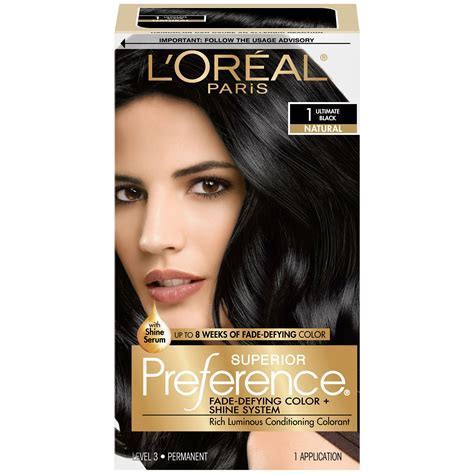Black No. 1 dye is one of the oldest and most widely used dyes in the world. It is a synthetic dye that is made from a mixture of azo compounds and other chemicals.

History of Black No. 1 Dye
Black No. 1 dye was first synthesized in 1863 by the German chemist Johann Peter Grieß. The dye quickly became popular because it was easy to produce and it produced a deep, black color.
Black No. 1 dye was initially used to dye fabrics, but it was soon also used to dye paper, leather, and other materials.
Uses of Black No. 1 Dye
Today, Black No. 1 dye is used in a wide variety of applications, including:
- Textiles
- Paper
- Leather
- Cosmetics
- Food
- Medical
Textiles
Black No. 1 dye is the most widely used dye for textiles. It is used to dye a wide range of fabrics, including cotton, wool, silk, and nylon.
Black No. 1 dye is also used to dye synthetic fabrics, such as polyester and acrylic.
Paper
Black No. 1 dye is used to dye paper, both for writing and printing.
Black No. 1 dye is also used to dye the covers of books, magazines, and other printed materials.
Leather
Black No. 1 dye is used to dye leather, both for clothing and for other products, such as furniture and handbags.
Black No. 1 dye is also used to dye the covers of bibles and other religious books.
Cosmetics
Black No. 1 dye is used in a variety of cosmetics, including hair dyes, mascaras, and eyeliners.
Black No. 1 dye is also used in some types of temporary tattoos.
Food
Black No. 1 dye is used in a variety of foods, including candies, chocolates, and baked goods.
Black No. 1 dye is also used to color some types of fruit and vegetable juices.
Medical
Black No. 1 dye is used in a variety of medical applications, including:
- X-ray contrast agents
- Antibacterial agents
- Antifungal agents
Black No. 1 dye is also used in some types of cancer treatments.
Safety of Black No. 1 Dye
Black No. 1 dye is generally considered to be safe when used in the recommended amounts.
However, some people may experience allergic reactions to Black No. 1 dye.
The U.S. Food and Drug Administration (FDA) has approved Black No. 1 dye for use in foods, drugs, and cosmetics.
The European Union has also approved Black No. 1 dye for use in foods and cosmetics.
Future of Black No. 1 Dye
Black No. 1 dye is a versatile and widely used dye that is likely to remain popular for many years to come.
Research is currently being conducted to develop new uses for Black No. 1 dye, including in the fields of medicine and technology.
Additional Information
Tables
| Industry | Uses |
|---|---|
| Textile | Dyeing fabrics |
| Paper | Dyeing paper and paper products |
| Leather | Dyeing leather products |
| Cosmetics | Hair dyes, mascaras, eyeliners, temporary tattoos |
| Food | Candy, chocolate, baked goods, fruit and vegetable juices |
| Medical | X-ray contrast agents, antibacterial agents, antifungal agents, cancer treatments |
| Organization | Approval Status |
|---|---|
| U.S. Food and Drug Administration (FDA) | Approved |
| European Union | Approved |
| Area | Research |
|---|---|
| Medicine | New cancer treatments |
| Technology | New uses for Black No. 1 Dye |
